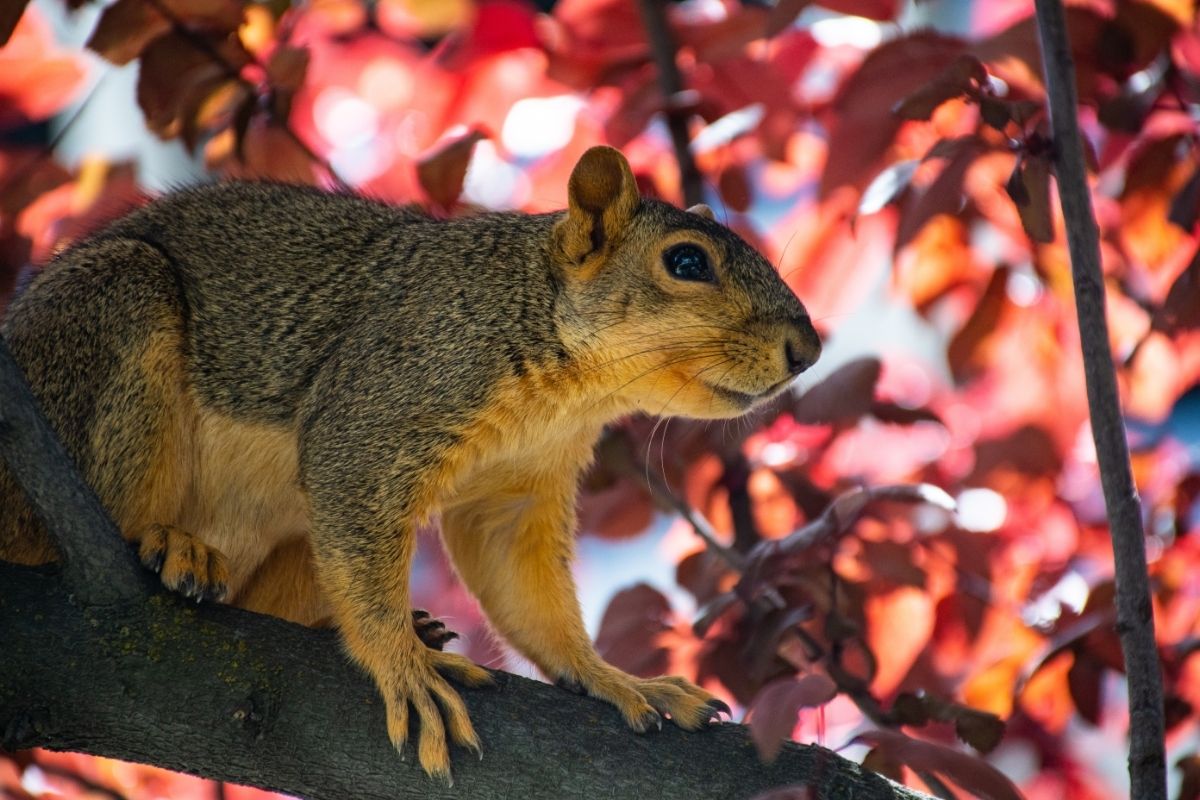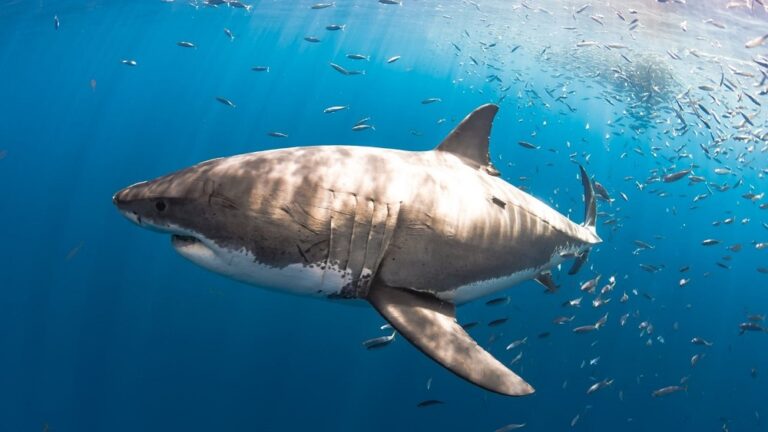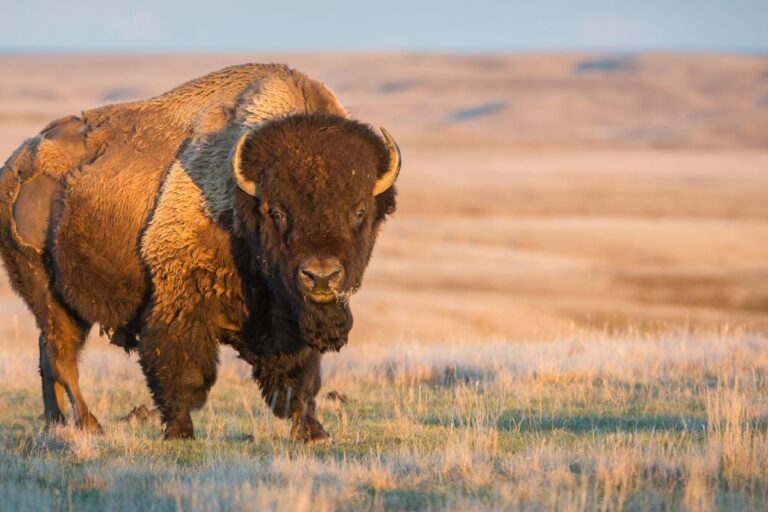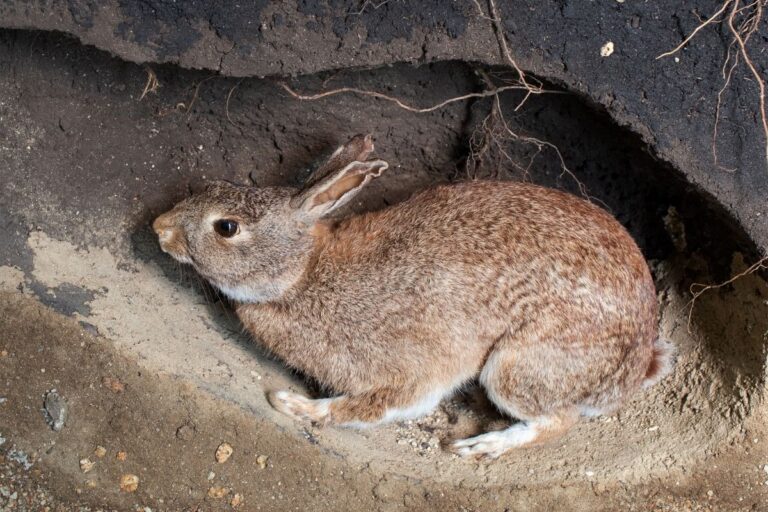15 Tree Animals (Arboreal Animals that Live in Trees)
Last Updated on June 10, 2023 by Shu
Have you ever wondered what animals live in trees? Perhaps you want to know if it’s more than just monkeys and bats? Or maybe you just want to brush up on your animal kingdom knowledge? Whatever your reason is, we have the answer for you!
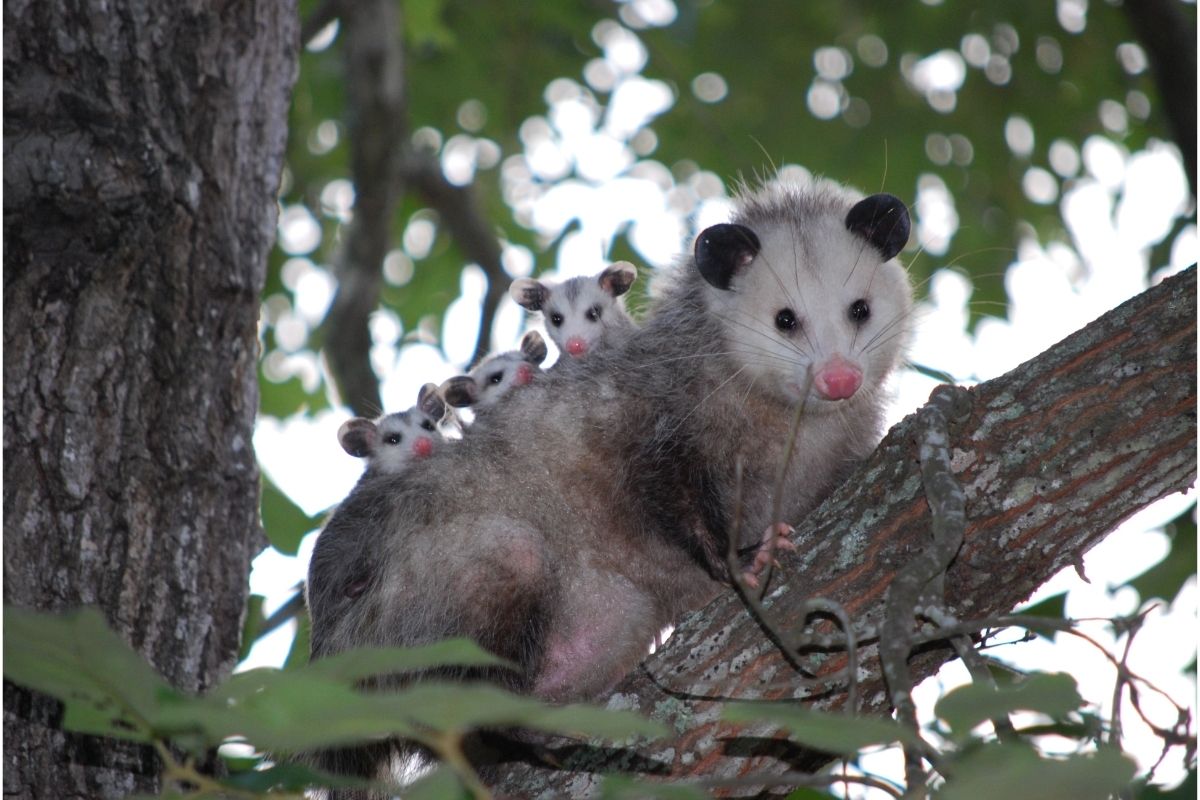
When it comes to arboreal animals, you will probably be surprised to learn that it isn’t just squirrels, bats, monkeys, birds, and even insects such as spiders and ants living there. There are many surprising animals that nest in trees.
Well, you can stick with us as we walk you through some surprising tree animals. Ok, follow our lead and let’s dive in!
Reasons Why Animals Live In Trees (Arboreal Animals)
Before we get started, let’s first find out why some creatures live their lives in trees. It’s important to remember that these animals spend different amounts of time in trees.
Some of these animals spend their entire lives on trees, while others only visit them occasionally. Trees provide shelter from predators and food for some species of animals. They also play an important role in the ecosystem. For example, they help regulate temperature and humidity levels.
Life atop trees can be quite difficult, and many of the animals that live there have had to adapt to their surroundings so they can survive and thrive. They need to be able to move among trees effectively, take good care of their offspring, as well as find food sources and shelter for when weather conditions are harsh.
Animals that Live in Trees
There are lots of different animals that make the treetops their home. Check out our list to find out more about six of the many unique tree-dwellers across the world.
1. Tree Kangaroos
Tree kangaroos are adorable animals. Their habitat is being destroyed by people who cut down forests to grow crops, which is forcing many species into extinction.
They are hunted because they are considered pests by many. The hunting of tree kangaroos has been going on since ancient times.
It was not until the 1800’s that scientists discovered that they were marsupials. Tree kangaroos have long tails which they use to balance themselves when jumping from branch to branch.
They hop up to 20 feet high before landing on another branch. Tree kangaroos are nocturnal creatures, they are very active at night and sleep during the day. When sleeping, they curl up into balls with their legs tucked under their bodies. During the day they hide in holes in trees or bushes. Their diet consists of grass, leaves, fruit, flowers, bugs, worms, and small mammals like mice.
2. Orangutans
Orangutans are large primates that live in the forest. They spend their time traveling from one tree to another and building nests on top of trees.
These primates are residents of the Borneo and Sumatra forests. Orangutans also have the unique ability to use hand gestures to communicate.
They are also omnivores, meaning they eat both plants and meat. They usually feed on fruits, nuts, roots, leaves, bark, and sometimes insects.
The average lifespan of an orangutan is about 50 years. However, some individuals have lived over 100 years. Orangutans are solitary animals, so they rarely interact with other members of their species.
They do however form strong bonds with each other. If one member of the group dies, the remaining members will mourn for days. This behavior is called “bonding”. Orangutans are known to be exceptionally intelligent and creative animals.
3. Koalas
Koalas are native to Australia. They are herbivorous, meaning they only eat plants. Koalas are extremely slow-moving animals, but they can still climb trees using their claws. They are also nocturnal, and they sleep curled up facing away from the direction the wind blows.
They have a pouch on their belly where babies are born. In this pouch, the newborn koala receives nutrients through milk until it is old enough to begin eating solid foods.
Once a year, they go into hibernation, which means they become less active and lose weight until new food sources are available. While they’re asleep, koalas stay warm by huddling together in groups.
4. Tree Squirrels
Squirrels are common tree-dwellers that live in lots of different habitats. You have probably seen a few squirrels darting across parks and woodlands and scrambling up trees in search of nuts.
Squirrels are mainly herbivores but they sometimes eat small birds and rodents. They have sharp teeth and big claws and can run fast.
Squirrels love to play games such as running around and chasing things. They are also able to see better in the dark than most mammals.
Squirrels store fat during summer to prepare for cold weather. They hibernate throughout the winter, during which they stop eating and lose 15% of their body weight.
After spring comes, squirrels wake up and resume feeding. These abilities help them survive and thrive in their natural environment.
5. Chameleon
One of the most fascinating things about chameleons is that some species are capable of changing their skin coloration.
Chameleons’ skin colors vary depending on the environment they’re in, which makes them masters of camouflage and helps them to avoid predators.
Chameleons have long tails that help them move around and long spines that help them blend in with their surroundings.
They can live up to eight years, and lay eggs that stick to branches. Chameleons tend to eat insects, but sometimes consume plants and other small animals, however, they can survive without eating for up to three months.
6. Italian Tree Frog
There are lots of different species of tree frogs that have adapted to live in a wide variety of diverse habitats across the globe. They have extremely strong limbs which allow them to leap great heights as they move between trees.
They also have special toe discs which allow them to stick to surfaces (very helpful for living in the treetops!) Tree frogs don’t come down to the ground except to mate and lay eggs, and their diet normally consists of insect larvae, spiders, ants, and other insects.
7. Sloth
Sloths are adorable and lethargic animals living in the treetops noted for its slowness way of moving (slow-living 😆). In the suborder Folivora, they include extant arboreal tree sloths as well as extinct terrestrial ground sloths. The sloth can be found throughout Central America, Northern South America, and parts of Brazil and Peru.
8. Gibbon
Do gibbons belong to the monkey family? In fact, gibbons are apes. Specifically, they are classified as small apes because they are smaller than the great apes – gorillas, chimpanzees, bonobos, and orangutans.
9. Arboreal Monkey
The arboreal monkey is a primate that spend most of their time in trees. Monkeys generally live their lives in trees, but some monkeys, such as Mandrills and Japanese Macaques, spend a lot of time on the ground.
10. Bat
Any woodland or tree that has cavities in the trunk or branches, woodpecker holes, loose bark, cracks, splits, or thick ivy is a good roosting place for bats – particularly oak, beech, and ash trees.
11. Silky Anteater
The silky anteater is nocturnal and arboreal, rarely descending to the ground during the day. There are seven or more distinct species of silky anteaters, according to scientists.
12. Possum
The possum lives in the trees and occasionally visits the ground to find food. In the south of Australia, Common Ringtail Possums build sticks nests in tree hollows. Possums may live on our roof if they are unable to find suitable homes in trees.
13. Red Panda
In China, Nepal, and Bhutan, red pandas live in the Eastern Himalayas. The majority of their time is spent in trees.They can move from branch to branch easily thanks to their semi-retractable claws.
14. Green Mamba
The Green Mamba is a highly venomous reptile species that inhabit in the trees of Africa. Their arboreal nature is largely attributed to their hunting and hiding habits. Living above the ground enables them to have better access to their ideal prey, such as small mammals and birds. In addition, their green coloration helps camouflage them from their prey and predators.
Being arboreal also reduces the chances of encountering predators on the ground, which keeps them safer. The high vantage point that trees provide allows them to survey their surroundings with more accuracy and quickly hide if necessary.
Green Mambas also have a particular affinity for areas with dense foliage, as it provides a good cover for them to move unnoticed. Although they may occasionally come down to the ground, they spend most of their time in trees and will even lay their eggs in tree hollows.
15. Kinkajou
Kinkajous, also known as “honey bears,” are arboreal creatures that live primarily in trees. There are several reasons why this is the case.
For starters, trees provide these animals with food in the form of fruits, nectar, and honey, making it a perfect habitat to find their main source of nourishment. Moreover, being in trees offers kinkajous some level of safety from predators who may have a harder time reaching them up there.
They are adapted to climbing trees and can do so with great agility and speed. The prehensile tail of the kinkajou, which can wrap around branches and anchor the animal, allows them to climb up and down with ease. Finally, living high-up in trees also offers kinkajous a level of privacy, as they are nocturnal animals and tree canopies provide them with a perfect place to sleep during the day. In short, it offers kinkajous everything they need to survive and thrive.
Conclusion
Tree-dwelling animals have evolved over millions of years to be very effective.
These amazing adaptations include being able to breathe easily while hanging upside down, or even changing the color of their skin to match its background.
Treetop ecosystems foster incredible biodiversity and are fundamental to the environment.
Lots of different animals live successfully in trees, so we must work to conserve as many trees and forests as possible so that these incredible animals don’t lose their homes.
More Animals by Habitat
- Animals That Live In Wet Lands
- Animals That Live In Caves
- Animals That Live In Burrows
- Animals That Live In The Ground
- Animals That Live In Volcanoes
- Animals That Live In The Mountains
- Animals That Live In The Taiga
- Animals That Live In The Jungle
- Animals That Live In Coral Reefs
- Animals That Live In Grassland
- Animals That Live In The Savanna
- Animals That Live In The Tundra
- Animals That Live In The Desert
- Animals That Live In The Rainforest
- Animals That Live In The Forest
- Animals That Live In The Water
- Animals that Live in Ponds

